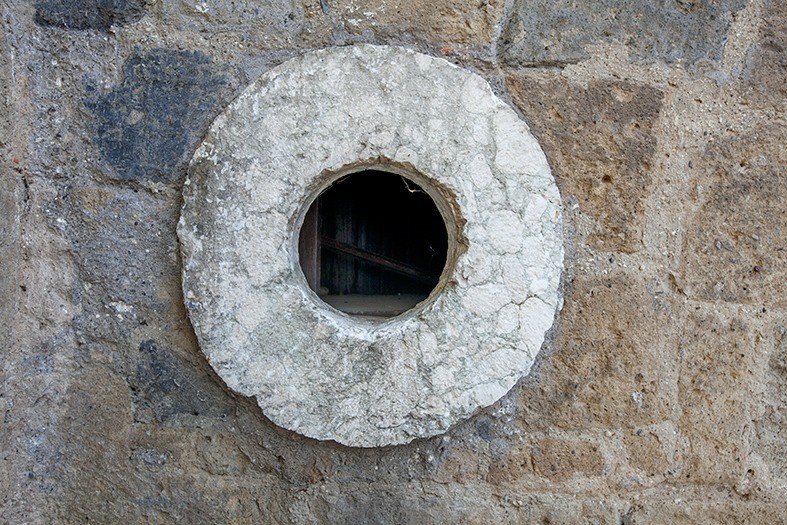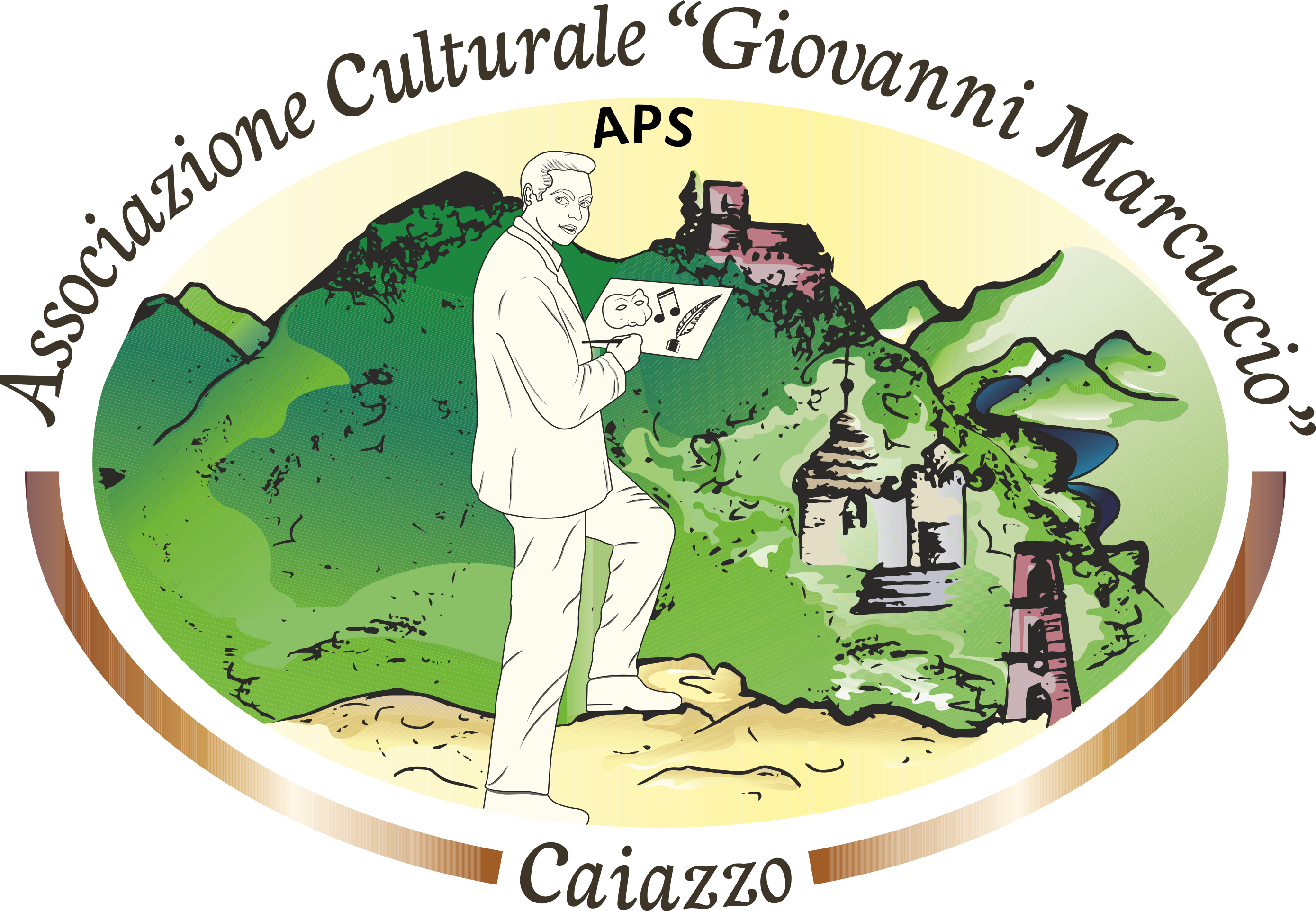The wheel of the exposed

The wheel of the exposeds
The wheel of the exposed
Connected to the Hospital and the Institution of the Annunciation was the so-called Wheel of the exposed.
The practice of Oblation consisted in leaving their children in convents. It became customary to use the wheel method, for families in difficulty, allowing them to leave children in complete anonymity. The children were called ‘exposed’ or ‘projections’, terms from which they originated surnames such as the Neapolitan Esposito and the Roman Proietti.
Since foundlings were ashamed of having been abandoned, the names of the saints of the day, of Christian figures, or of elements related to the month, or to social conditions were attributed in many institutions. It also often happened that children had with them at the time of the abandonment of the distinctive signs or symbols that would allow the identification of the families of origin, that given a temporary difficulty they could not better care for their children but that they would look for them and take them with them later.
It was Pope Innocent III, according to some sources, to establish a special department at the Hospital of S.Spirito dedicated to abandoned children to avoid that these poor innocent were killed or abandoned. the wheels spread to Italy, France, Greece and Spain.
In Italy, given the Napoleonic influence on the Kingdom of Naples, this wheel was officially established in the municipalities of southern Italy.
One of the first structures was the Annunziata of Naples that originated in 1304. From here the wheel system was often associated with the Annunziate, such as the one in Caiazzo, run by the nuns of the convent of the Poor Clares. The wheel system was abolished in 1923 under the government of Mussolini.
